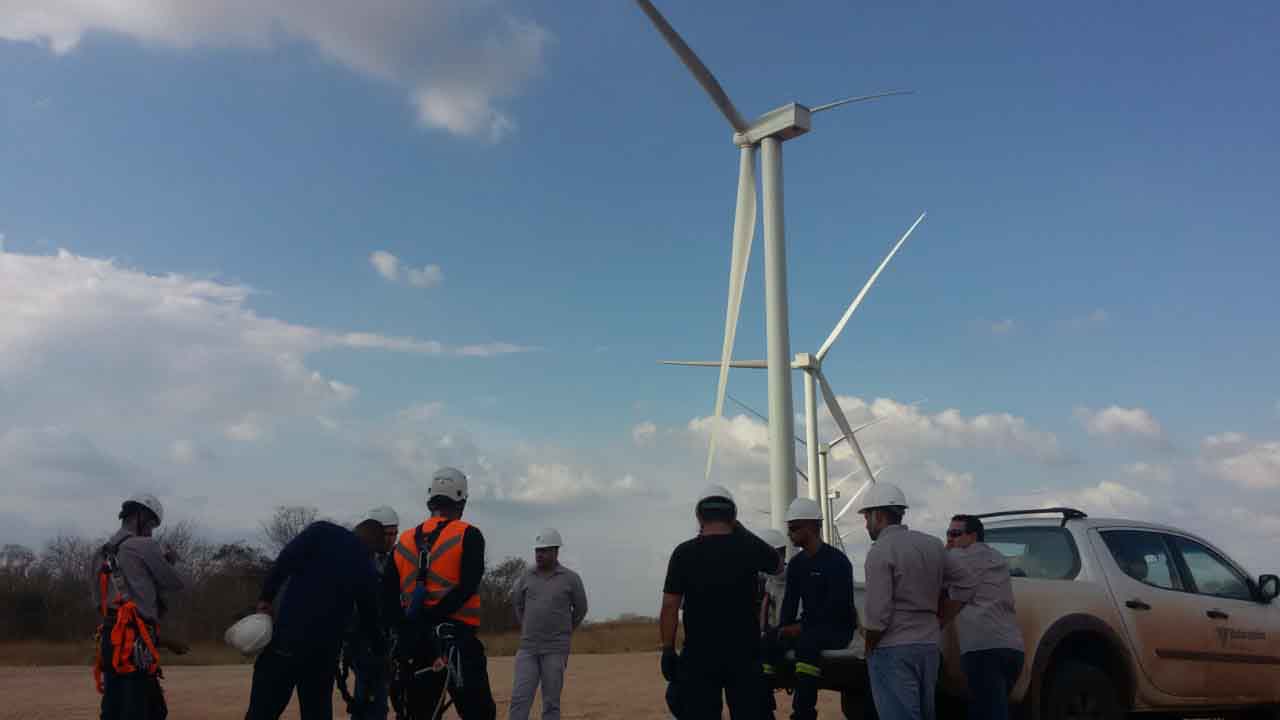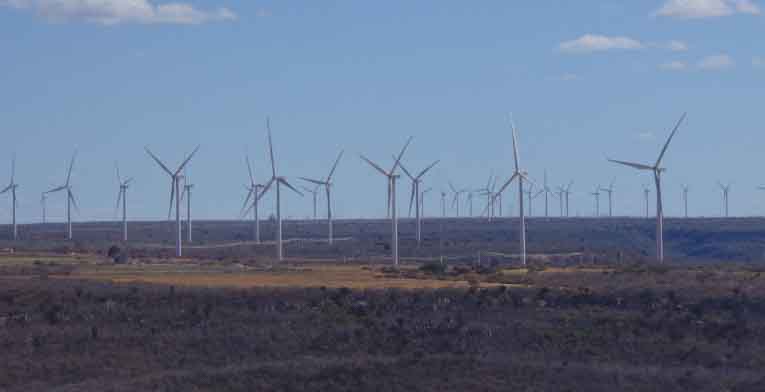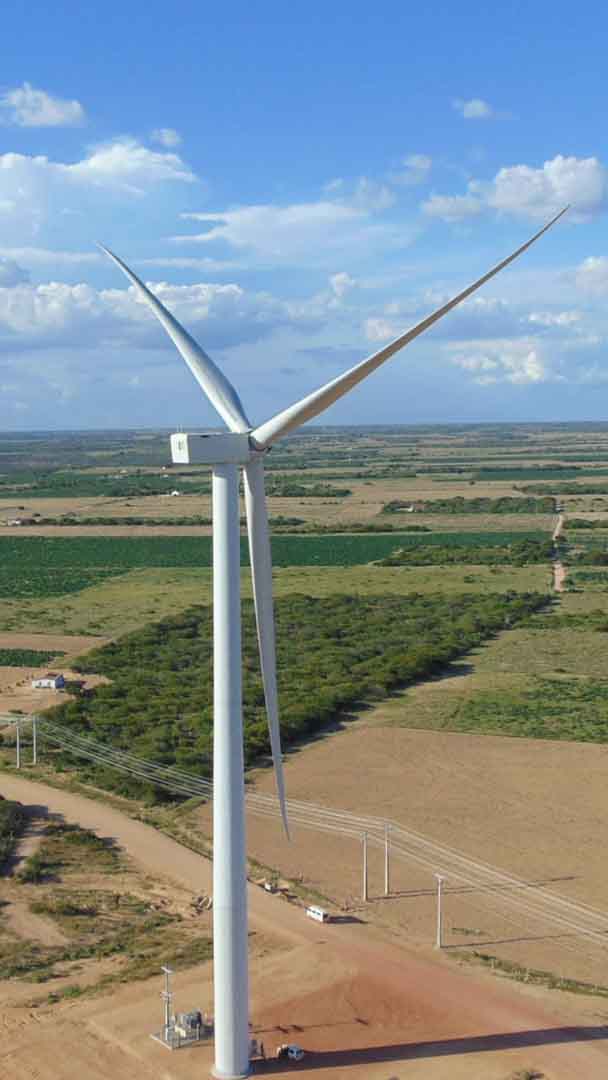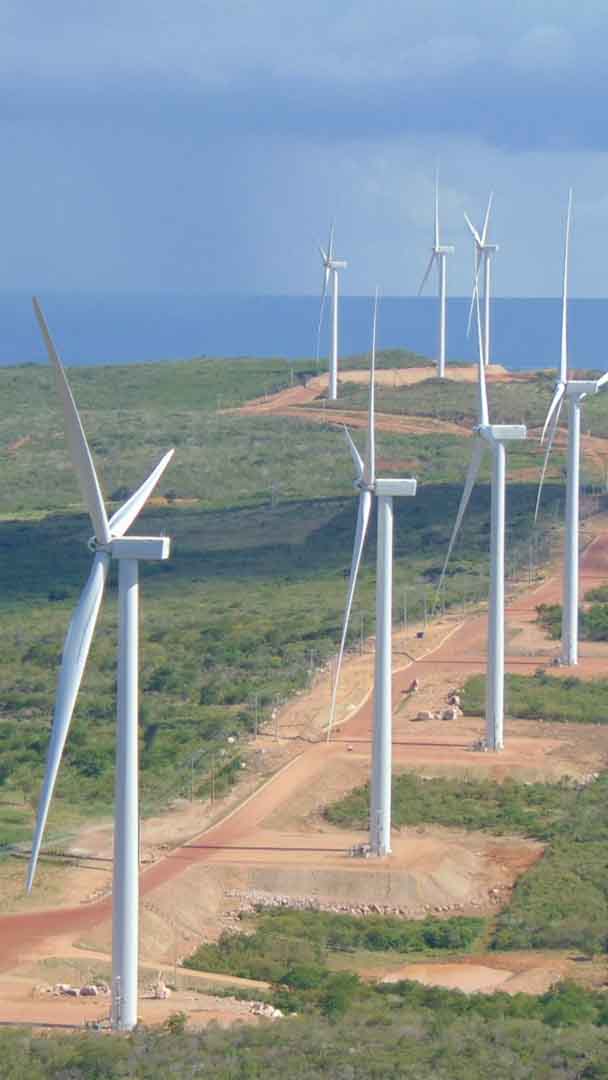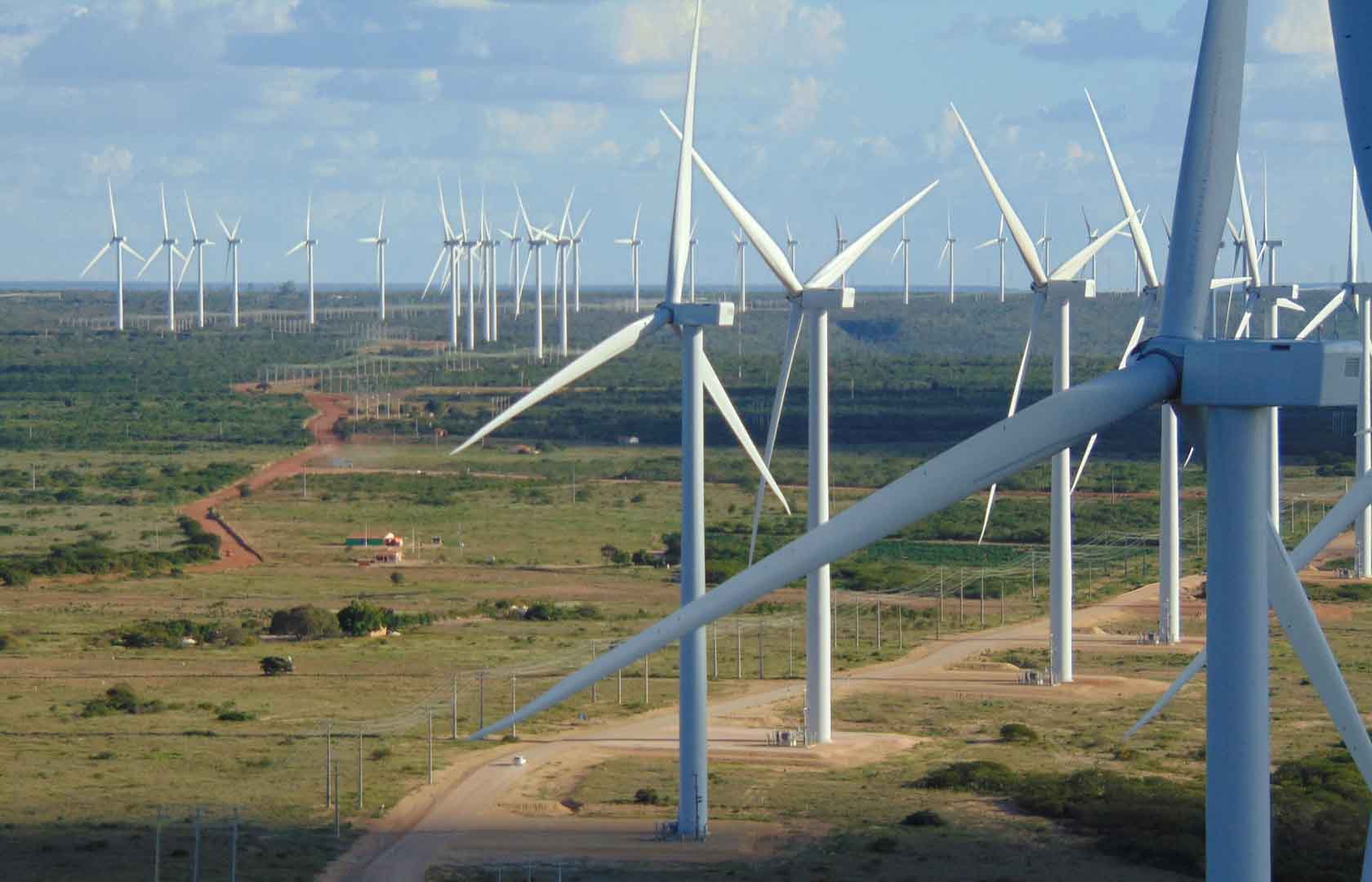14 wind parks that boost sustainable development in the northeast of Brazil
In northeastern Brazil, this wind energy project contributes significantly to climate action and supports the surrounding communities with clean energy. The area of the 14 wind farms stretches across the borders of the states of Piauí and Pernambuco. A total of 156 turbines are operated here, supplying renewable electricity to the Brazilian power grid with a total capacity of 358.8 MW. In this way, the project saves approximately 652,150 tons of CO2 per year that would otherwise have been generated by power generation from fossil fuels.
The project focuses particularly on the needs of local communities, improving local infrastructure and creating access to training opportunities.

As the name suggests, wind turbines use the power of the wind to generate energy. During this process, a generator located inside the wind turbine converts kinetic energy into electrical energy. As energy is still mainly generated from fossil fuels in many areas around the world, clean wind energy can replace some of this fossil, high-emission energy and verifiably save CO2 emissions.
In most cases, the sustainably generated electricity from the wind power projects is fed into a regional power grid, which diversifies the power supply and improves energy security in regions that are frequently affected by power shortages and outages. A project often creates increased job opportunities for the local population and the area can be used for additional activities, such as agriculture. Wind power projects make an important contribution to a clean energy supply worldwide and contribute to sustainable development with respect to the UN Sustainable Development Goals (SDGs). Wind energy projects in the ClimatePartner portfolio are registered with international standards.
Explore our projects
Biochar for Climate Action, Healthy Soils, and Better Harvests

A certified climate project combined with additional commitment

Expansion of renewable energy generation in Asia
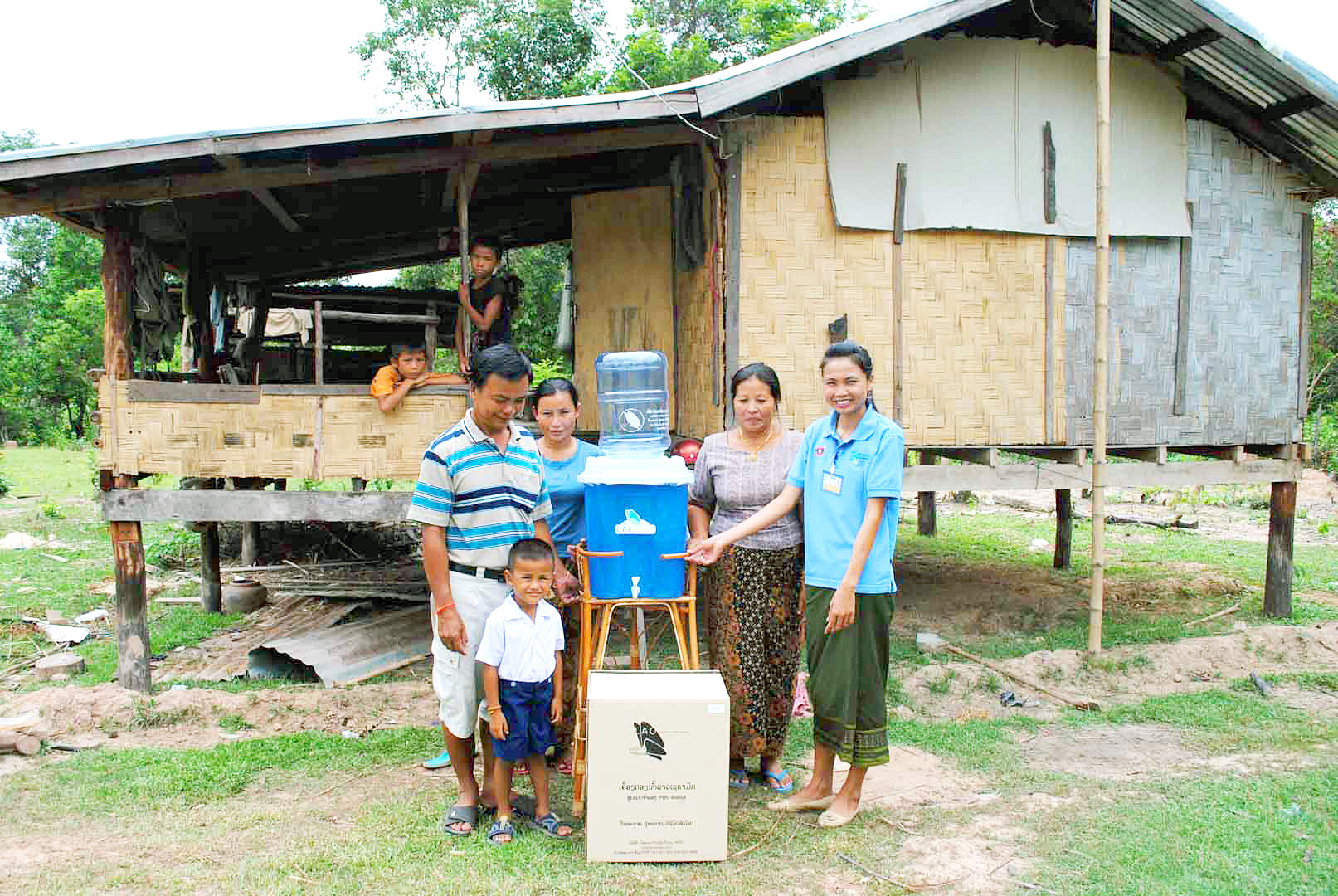
Ceramic water filters save CO2 and improve health
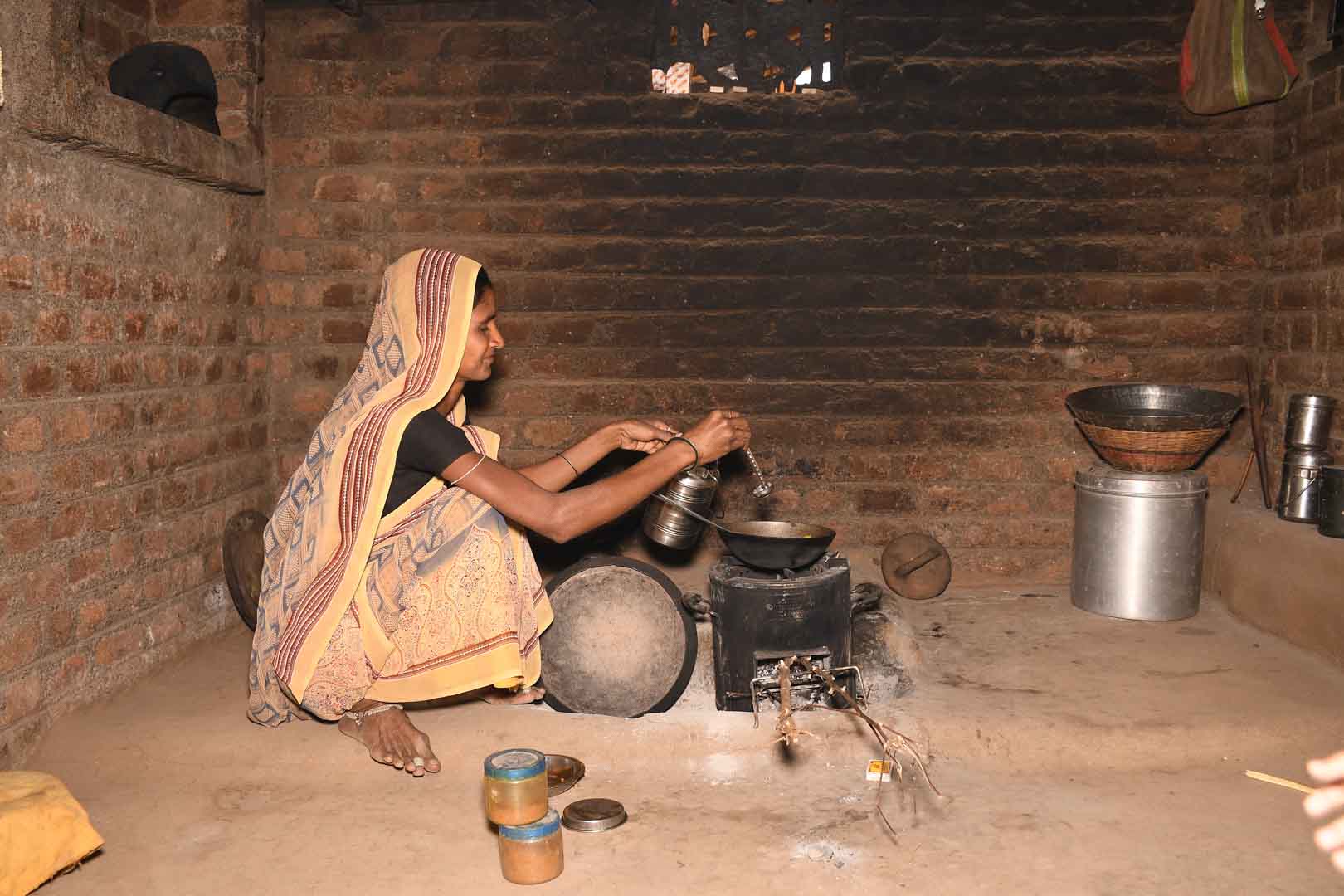
Improved cookstoves worldwide – for better health and cleaner air

A certified climate project combined with additional commitment
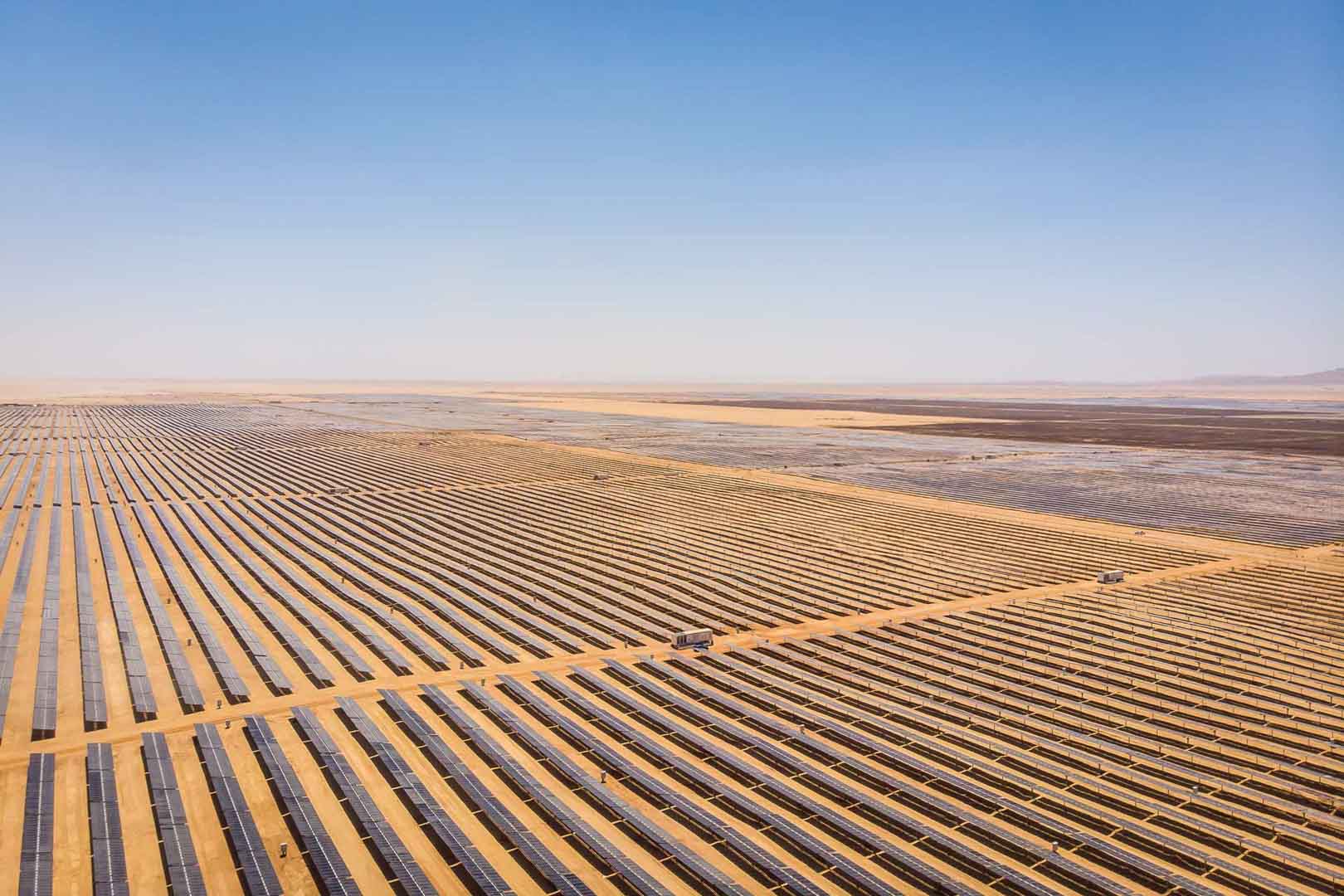
Powering access to renewable energy in Africa
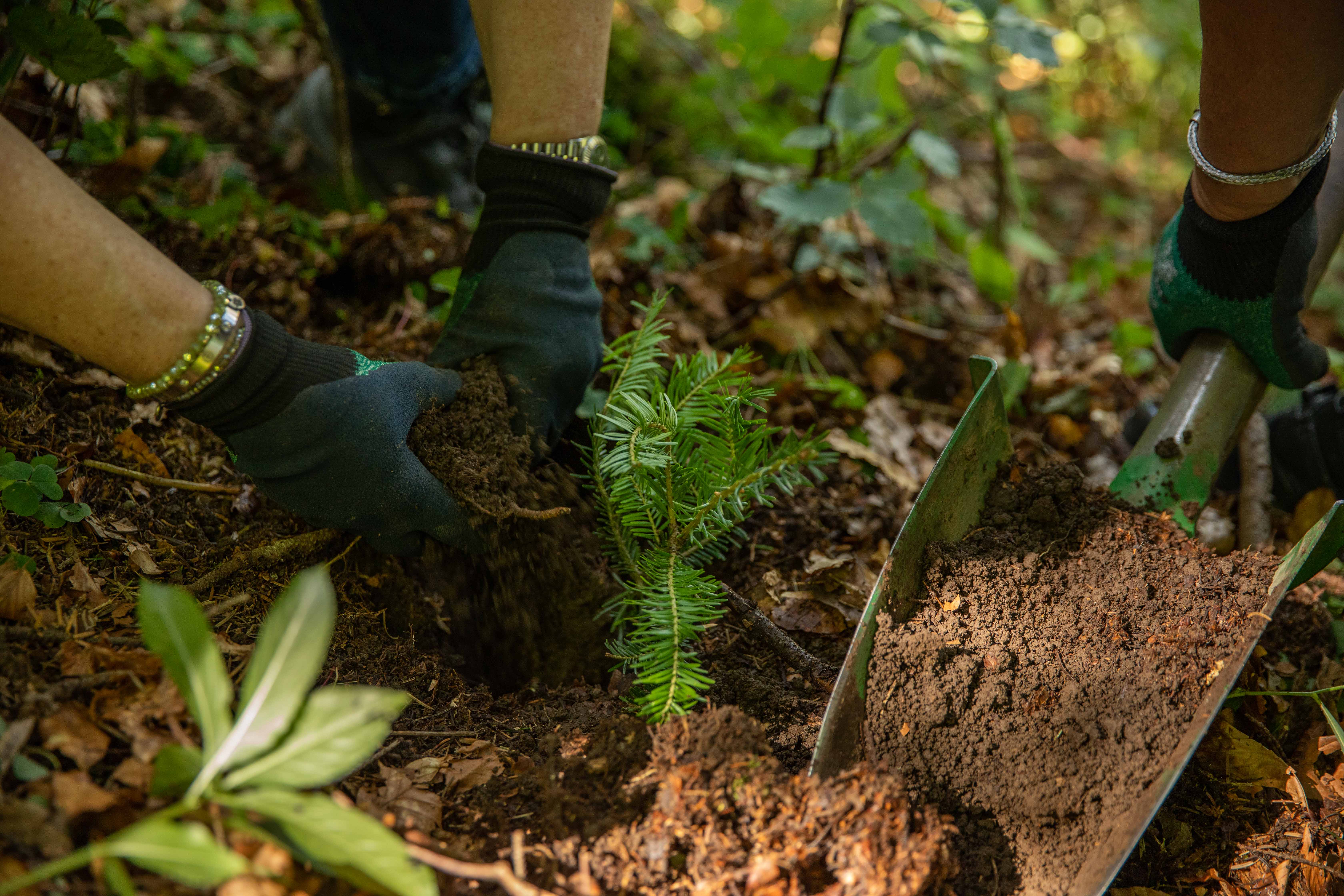
A certified climate project combined with additional commitment
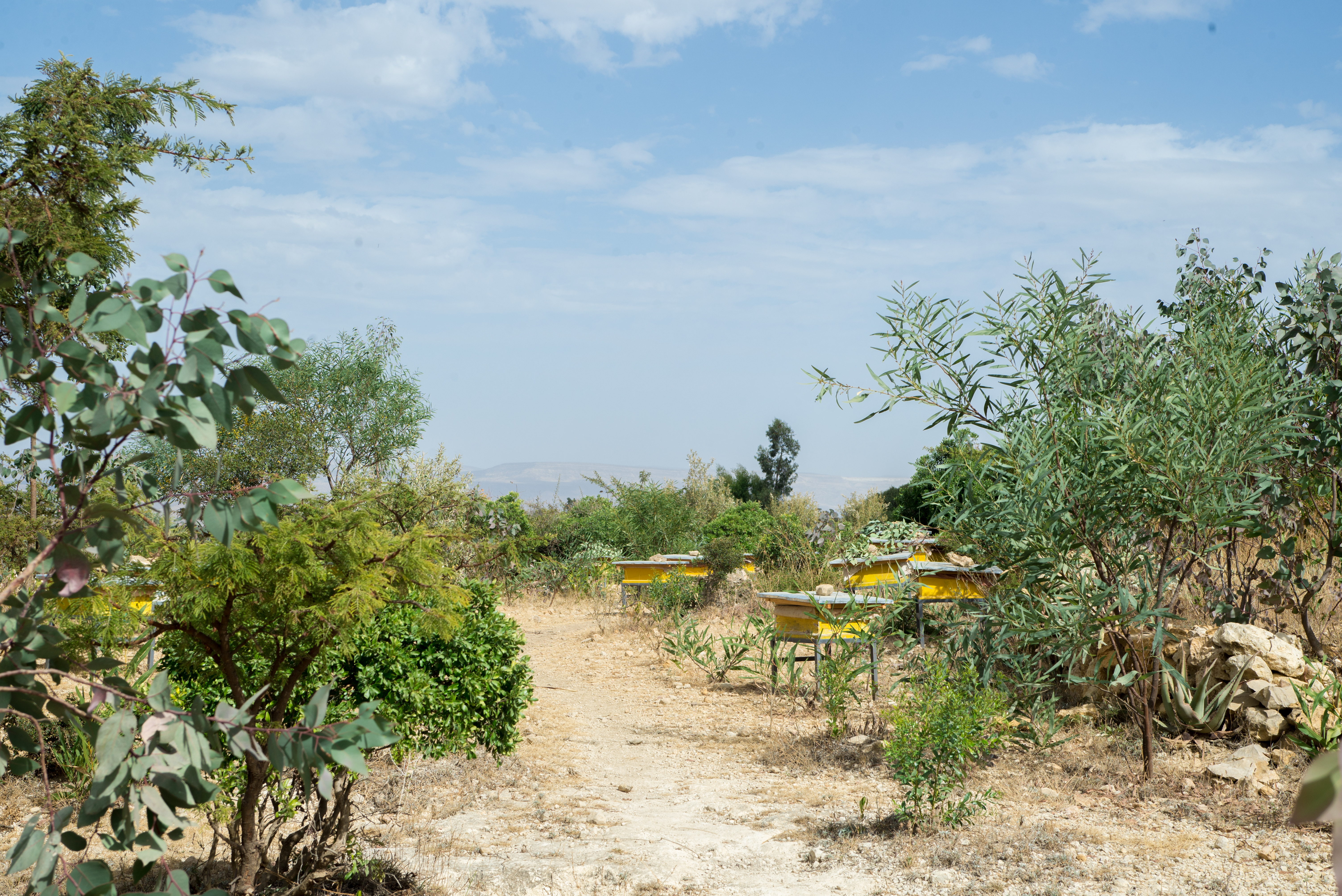
Restored ecosystems remove carbon
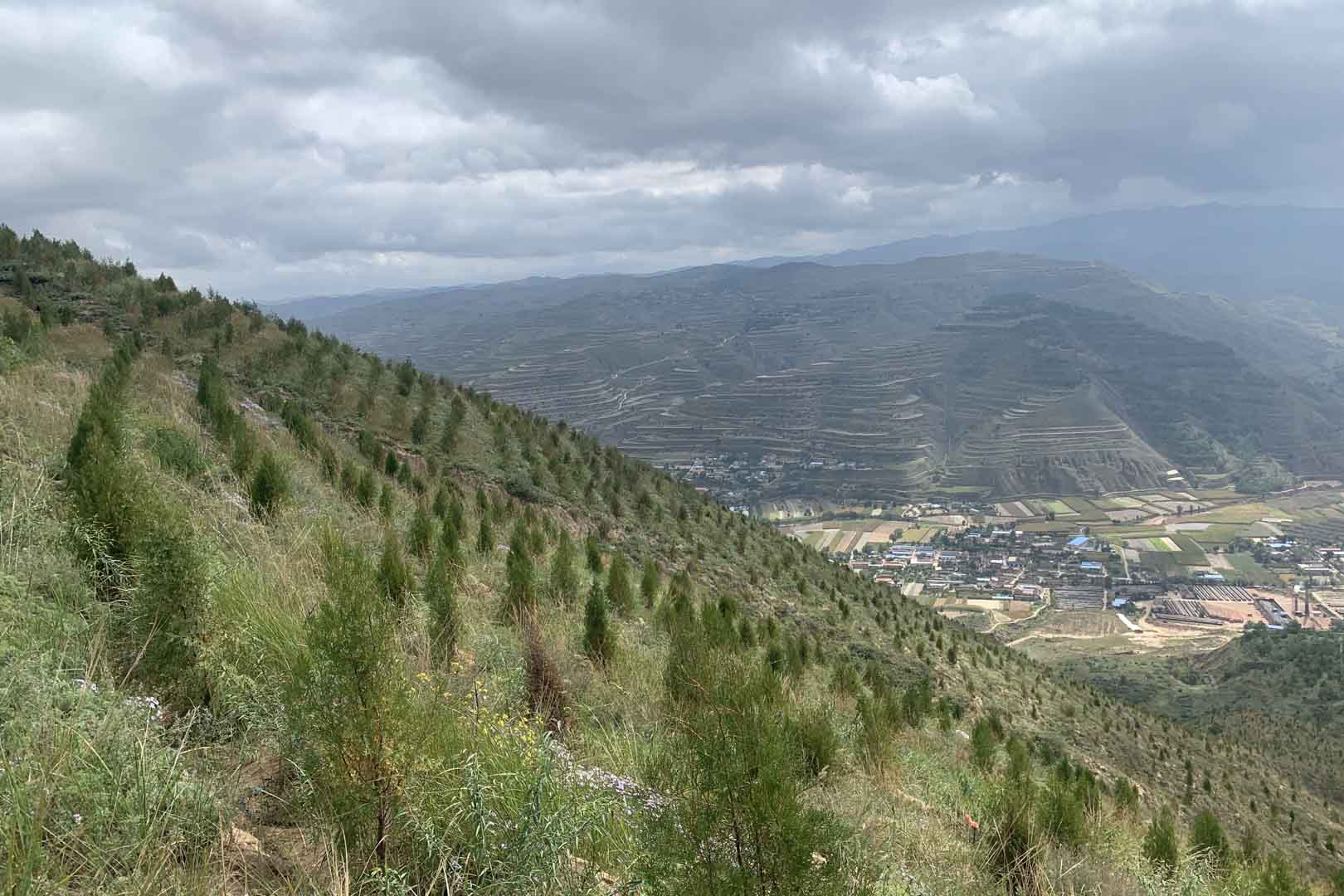
Turning degraded farmlands into healthy ecosystems
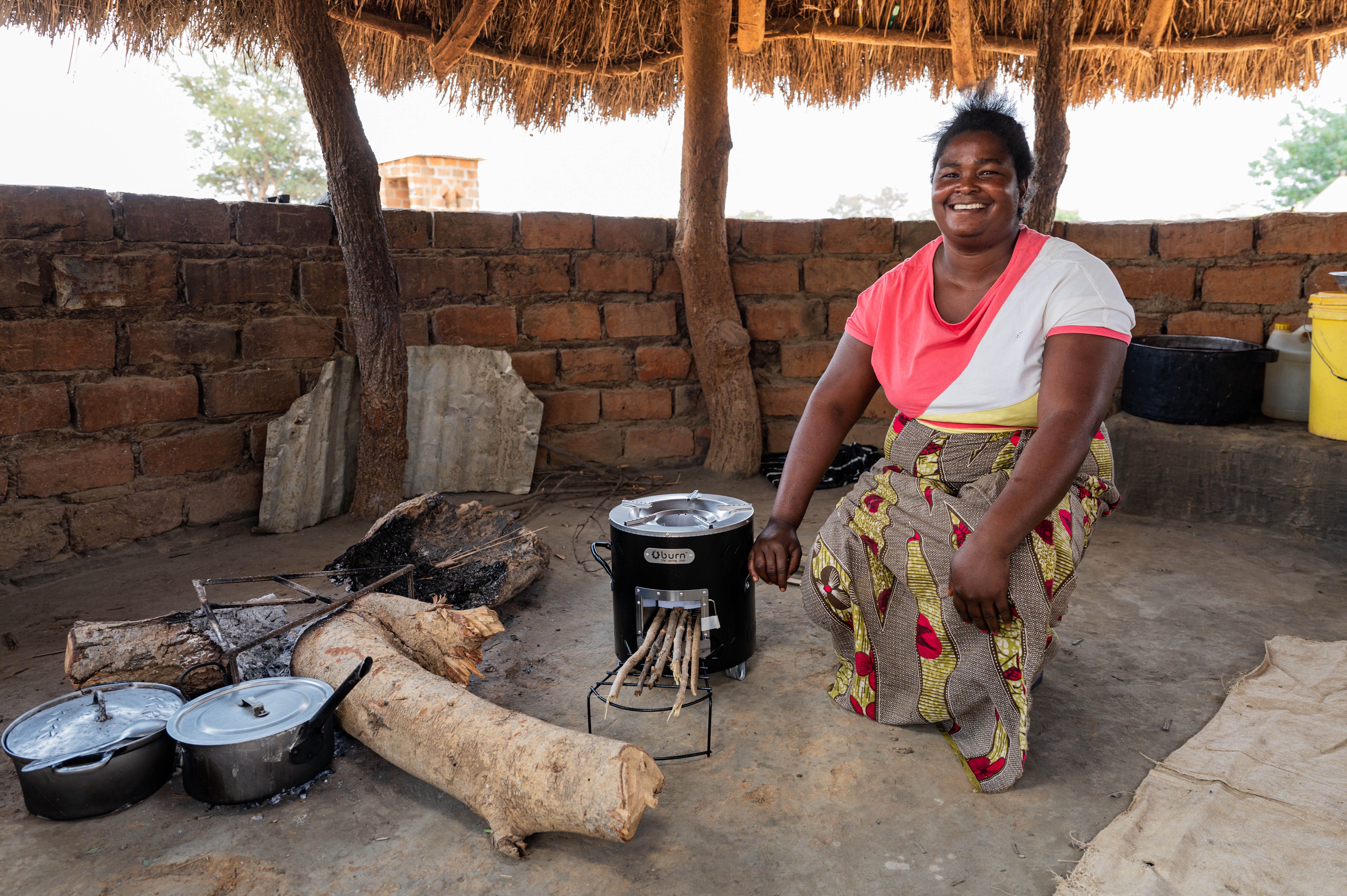
Improved cookstoves - better for health and the environment
